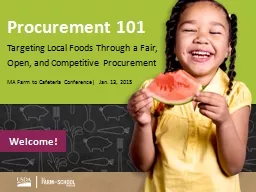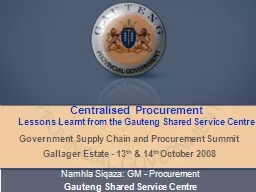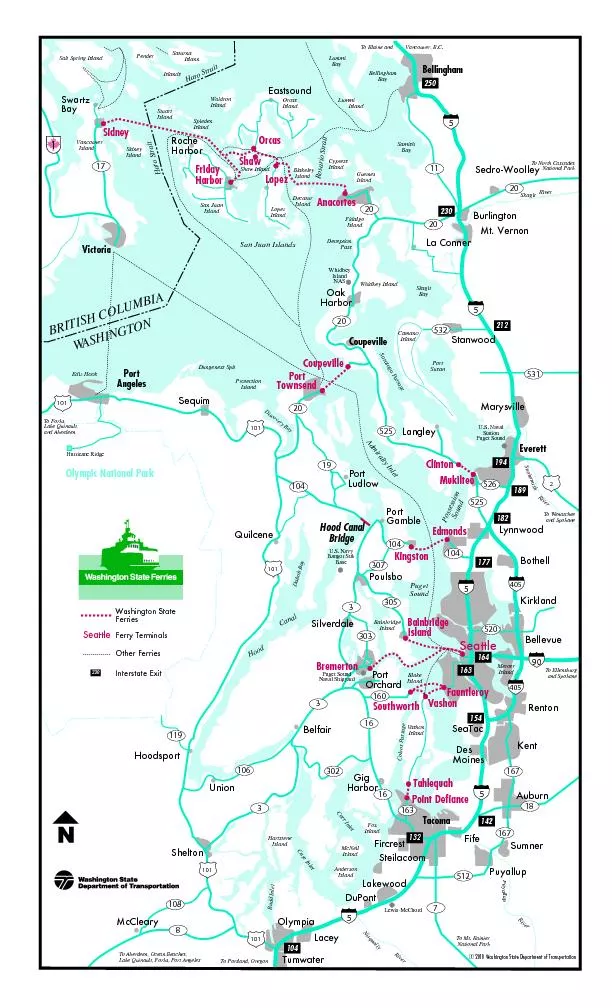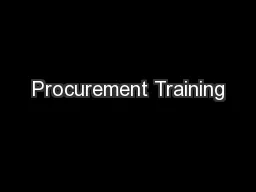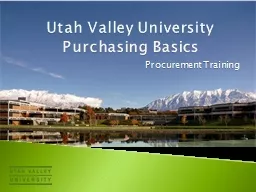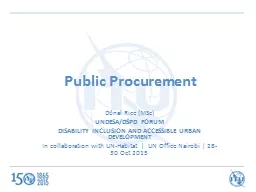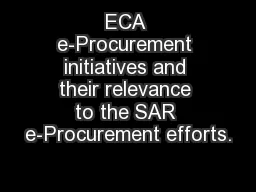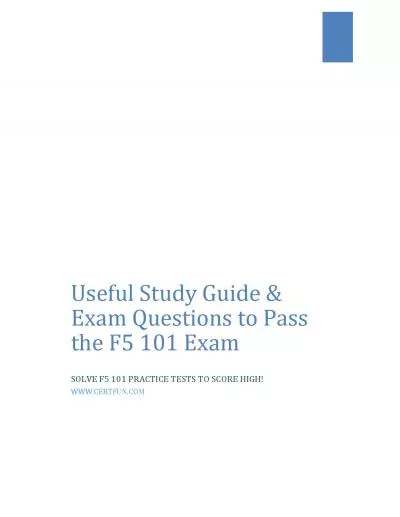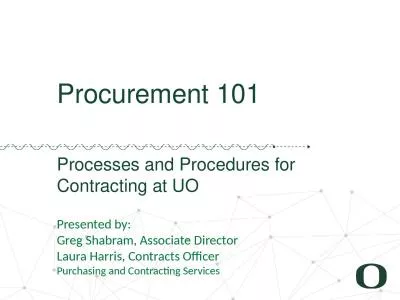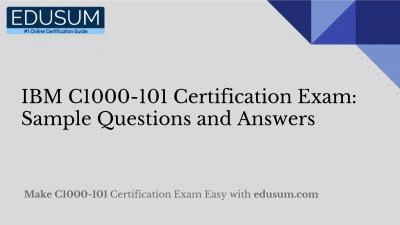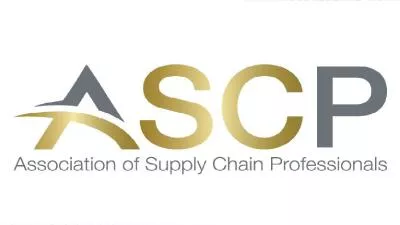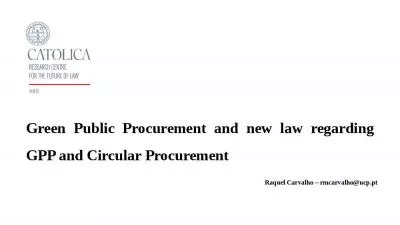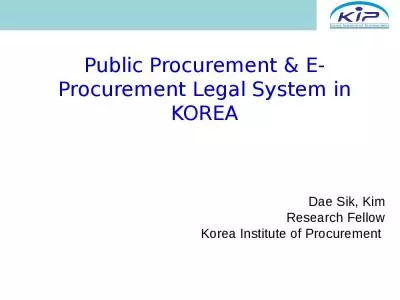PPT-Procurement 101
Author : luanne-stotts | Published Date : 2016-06-22
Targeting Local Foods Through a Fair Open and Competitive Procurement MA Farm to Cafeteria Conference Jan 13 2015 Welcome Overview Procurement principles and process
Presentation Embed Code
Download Presentation
Download Presentation The PPT/PDF document "Procurement 101" is the property of its rightful owner. Permission is granted to download and print the materials on this website for personal, non-commercial use only, and to display it on your personal computer provided you do not modify the materials and that you retain all copyright notices contained in the materials. By downloading content from our website, you accept the terms of this agreement.
Procurement 101: Transcript
Download Rules Of Document
"Procurement 101"The content belongs to its owner. You may download and print it for personal use, without modification, and keep all copyright notices. By downloading, you agree to these terms.
Related Documents

